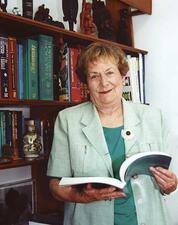Science: Medicine
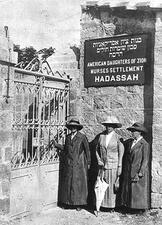
Rae D. Landy
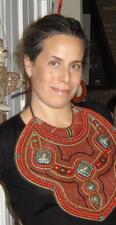
Amy Lehman

Rita Levi-Montalcini
Rita Levi-Montalcini was a Nobel Prize winning doctor, known for her discovering of Nerve Growth Factor, which is responsible for the development and distribution of nerve cells. Throughout her life she combined research with wide-scale public activity.
Lena Levine
Sarah Lishansky
A politically active nurse and midwife, Sarah Lishansky used her career to treat and care for workers in the Yishuv during the Second Aliyah.
Margaret Mahler
Margaret Schönberger Mahler was a pioneering child analyst in the early twentieth century. She became a leading authority on the mother-child relationship and the separation-individuation process, which she examined in her best-known work, The Psychological Birth of the Human Infant.
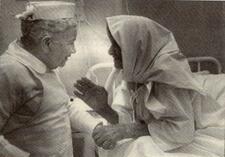
Selma Mair
Selma Mair was a German-born registered nurse who brought her education and devotion to the role of head nurse at the Sha’arei Zedek hospital in Jerusalem.
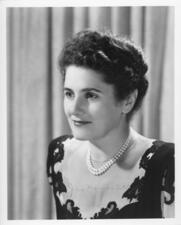
Jessie Marmorston
Jessie Marmorston was a professor of experimental medicine, researching a stunning range of medical disciplines including immunology, endocrinology, psychoanalysis, and cardiology. Her research into hormone secretion led to breakthroughs in our understanding of the ways stress can contribute to heart attacks and certain cancers.
Medieval Ashkenaz (1096-1348)
The Jews of medieval Ashkenaz are known for their prolific rabbis and for the Ashkenazic customs that became characteristic of many European Jewish communities. During the High Middle Ages, the women in these communities had many important roles women within the family and in the communal, economic, and religious life.
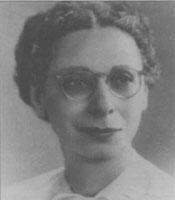
Bessie Louise Moses

Moshavah
Jewish Women in New Zealand
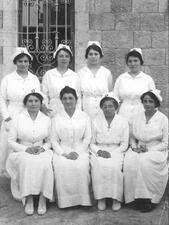
Nursing as a Female Profession in Palestine (1918-1948)
Nursing was a well-respected profession for Jewish women in Palestine, until doctors and nurses clashed about the proper level of education for nurses in the 1930s. Despite the challenges women faced in the medical field, they contributed greatly during times of war and violence before the founding of Israel.

Nursing in the United States

Marla Oros
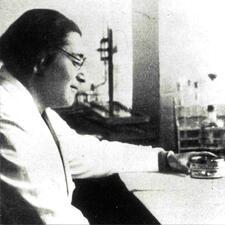
Berta Ottenstein
A pioneer in skin biochemistry and dermatology, Berta Ottenstein became the first woman lecturer in the Medical Faculty at the University of Freiburg in 1931. Two years later she was forced to flee Germany and begin her scientific career anew. After occupying research positions at the universities of Budapest and Istanbul, she received a research fellowship at Harvard University in 1945.

Marilyn Paul

Phoebe Yates Levy Pember
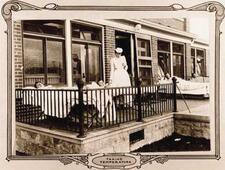
Seraphine Eppstein Pisko
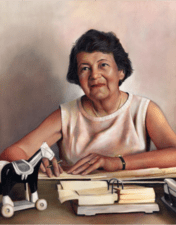
Emma Nuschi Plank
Virginia Morris Pollak
During World War II, sculptor Virginia Morris Pollak used her deep understanding of clay, plaster, and metal to revolutionize reconstructive surgery for wounded servicemen. This earned her a presidential citation, and she was later appointed to JFK’s Commission for the Employment of the Handicapped. Pollak also co-founded her own sculpture studio and chaired the Norfolk Fine Arts Commission, beautifying her hometown with an outdoor sculpture museum at the Botanic Garden.
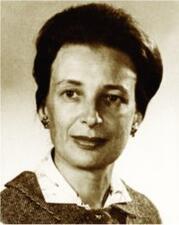
Judith Graham Pool
Judith Graham Pool was a physiologist whose scientific discoveries revolutionized the treatment of hemophilia. Pool isolated factor VIII and created a concentrate made from blood plasma that could be frozen, stored, and used by hemophiliacs in their own homes.
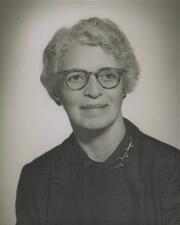
Sophie Rabinoff
Sophie Rabinoff used the skills she honed as a doctor in Palestine to improve health care in some of the worst slums in New York. Her innovative work helped to establish the fields of public health and preventive medicine in both the United States and Palestine.
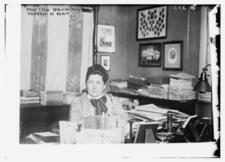
Lydia Rabinowitsch-Kempner
An outstanding bacteriologist and a leading figure in the feminist movement of women scientists in Germany in the first three decades of the twentieth century, Lydia Rabinowitsch-Kempner was a pioneer among women scientists, an exception among the first generation of women scientists in her combination of career and family.
